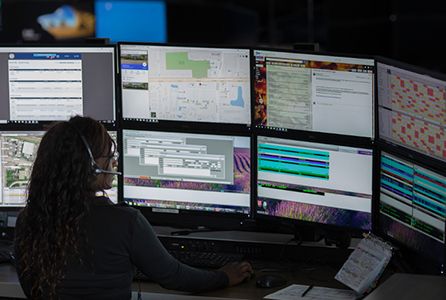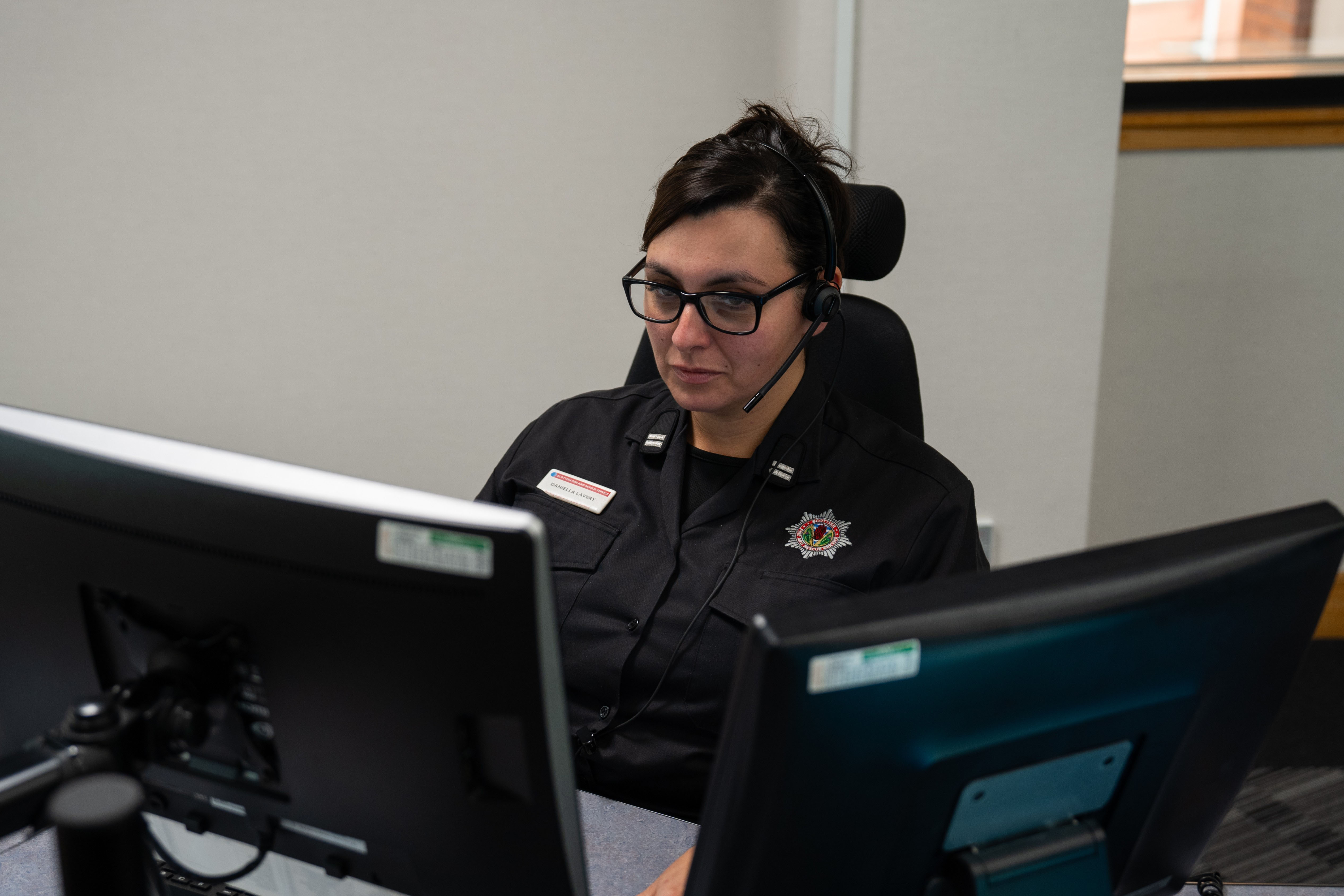The increasing demand for data-intensive services in public safety operations has underscored the need for greater reliability and resilience in broadband communications. To fill this need, public safety agencies are interested in the standards-based mobile broadband communications platform, commonly known as Mission Critical Services (MCX).
MCX services include push-to-talk (MC-PTT), video (MC-VIDEO) and data communications (MC-DATA). They are delivered over 4G and 5G cellular networks, based on standards developed and maintained by 3GPP. MCX services are specifically designed to meet the data-rich communication needs of emergency personnel, including law enforcement, fire and rescue, emergency medical services, and public protection and disaster relief (PPDR) organisations.
MCX offers capabilities that enhance operational mobility for emergency services. It can simplify cross-border cooperation and resource sharing among emergency services in neighbouring countries, particularly during major international incidents. This motivation is central to the European Critical Communication System (EUCCS). Additionally, MCX leverages technological advancements that improve situational awareness and task performance for frontline workers and their commanders. For example, data collected through innovative technologies, including caller location and incident information, as well as video security footage, can be instantly shared with broadband-enabled devices used by emergency responders. This capability helps to create a common operating picture at incident scenes while streamlining response coordination.
Motorola Solutions is a leader in public safety communications, with millions of systems and devices deployed globally. This significant presence among public safety customers positions Motorola Solutions to effectively support agencies worldwide in adopting MCX. Public safety operators in more than fifty countries have either deployed or are in the process of integrating Motorola Solutions’ MCX-based broadband push-to-talk (PTT) solutions into their mission-critical communication architectures. These architectures build upon our history of delivering resilient, flexible, and highly reliable standards-based PTT solutions.
In this blog series, we will explore the options and critical issues facing emergency service operators as they plan to implement secure, feature-rich MCX services for critical frontline operations. We will explore the operational and commercial implications of implementing mission-critical services on carrier-owned, hybrid, or private 4G LTE/5G networks, addressing key questions regarding service availability, resilience, scalability, cybersecurity and other critical factors.
We will also discuss the challenges of ensuring sufficient LTE/5G network coverage to meet the needs of the PPDR community, as well as the role of complementary technologies, such as satellite, in extending coverage in remote areas. Additionally, we will emphasise the importance of technical standardisation, which facilitates smooth interoperability between systems. MCX supports interworking with technologies such as P25 and TETRA land mobile radio networks, providing agencies with greater flexibility in building their communication ecosystems. From an end-user perspective, we will examine how MCX is influencing the device requirements for emergency responders.




